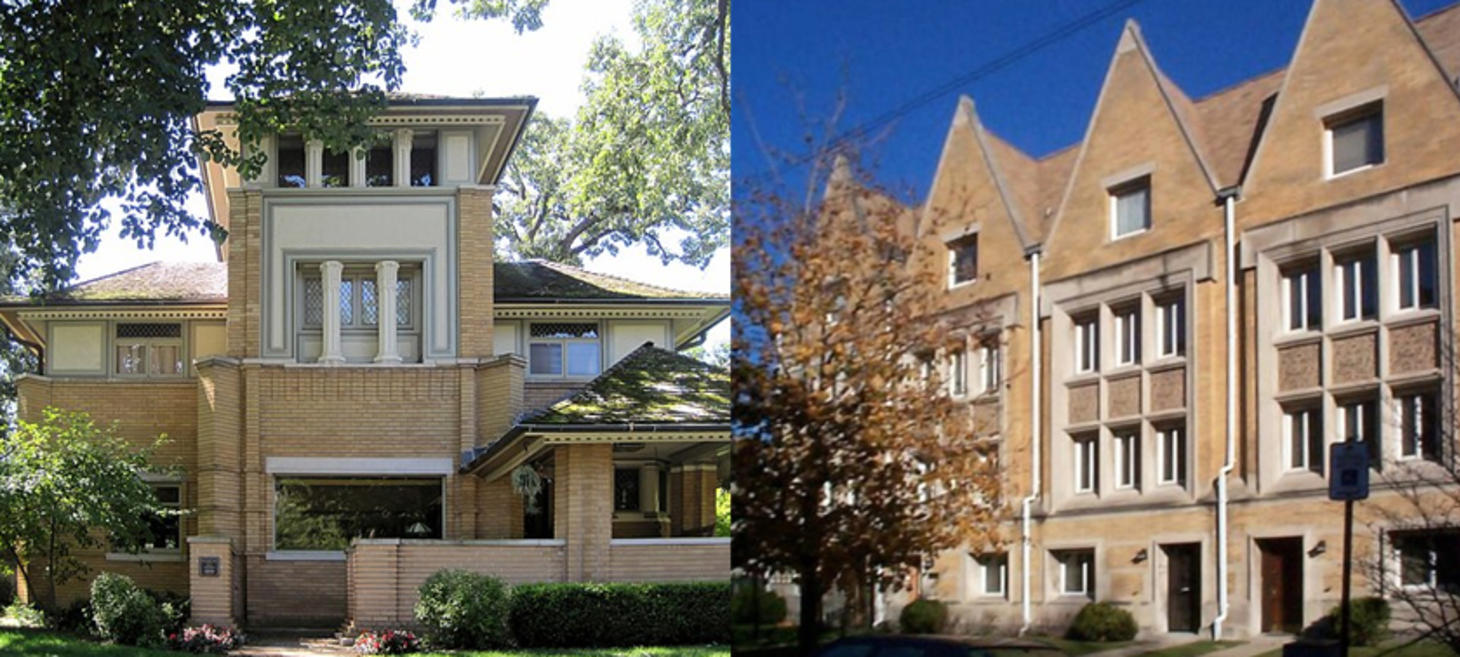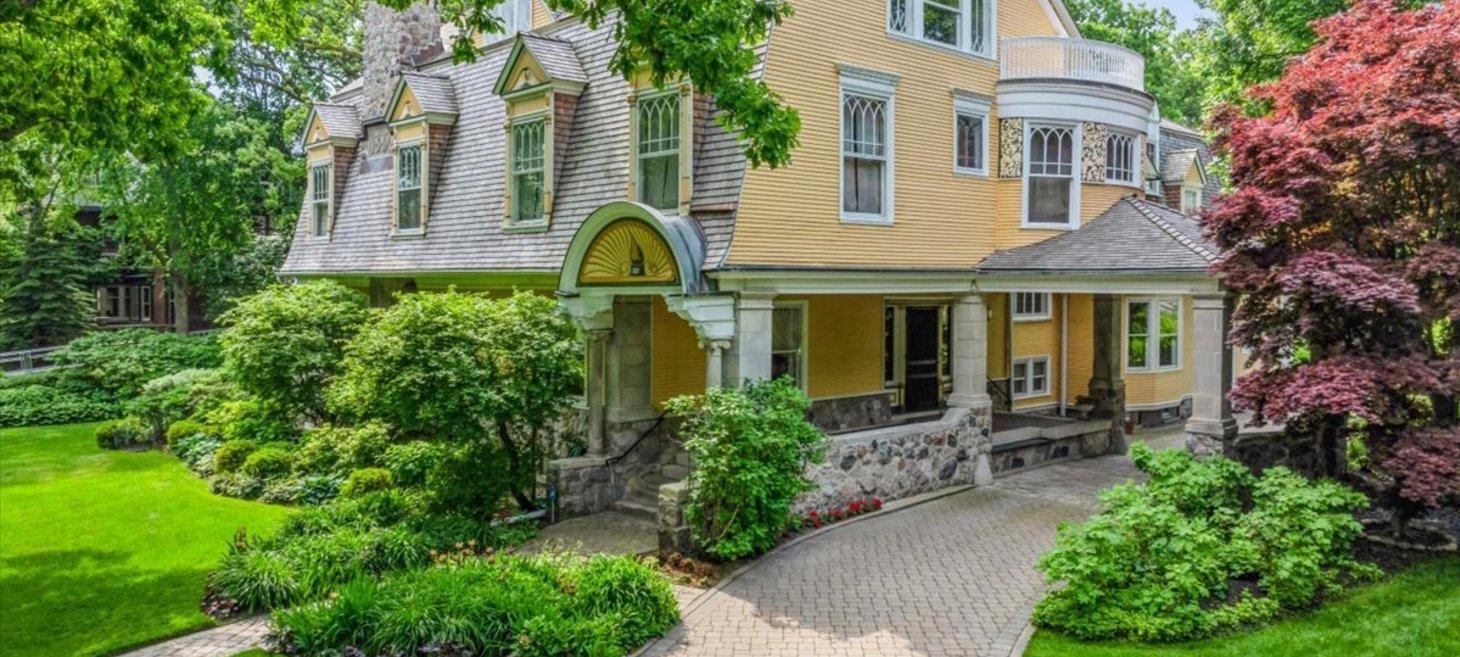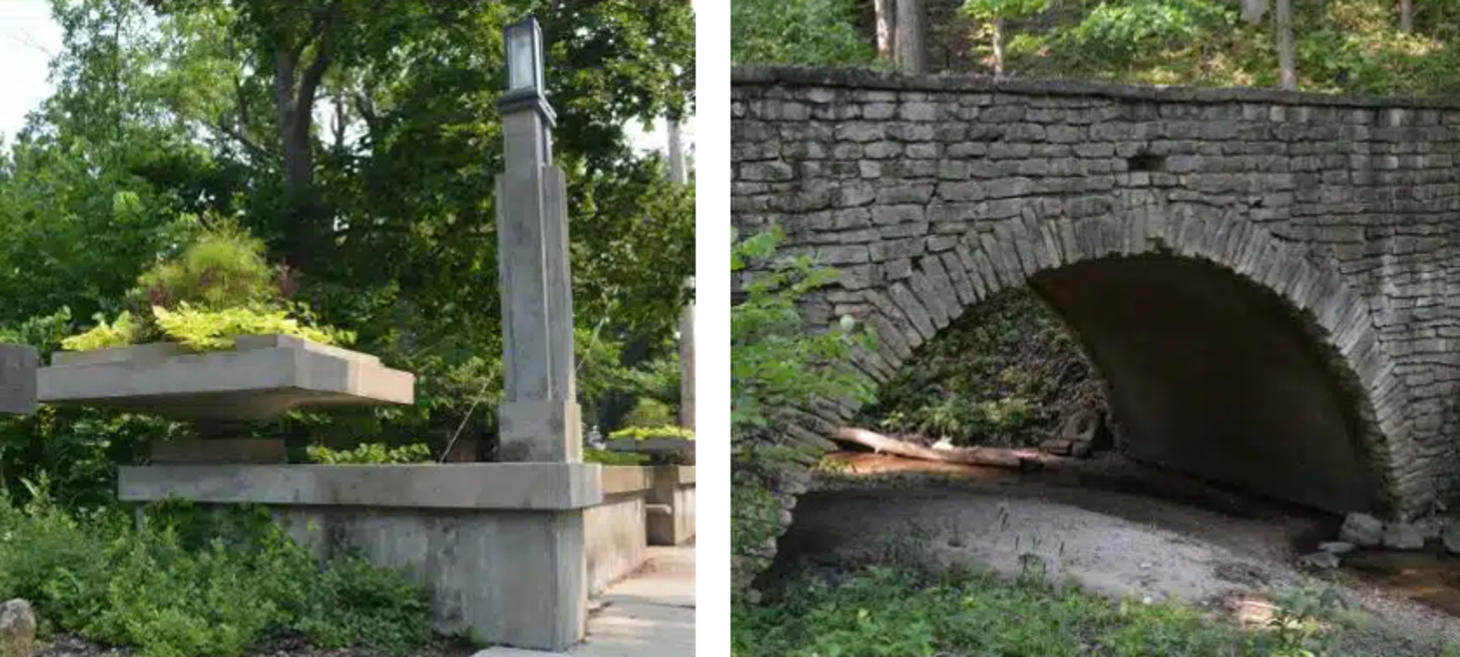The Headlines

Two Frank Lloyd Wright Homes Make Headlines
Two historic Frank Lloyd Wright homes have made headlines in Chicago’s real estate market this summer, offering unique glimpses into his evolving architectural style.
The Rollin and Elizabeth Furbeck House in Oak Park sold on July 18 for $1.8 million, this 1897 Prairie School landmark marked a turning point in Wright’s career. Commissioned as a wedding gift by wealthy stockbroker Warren Furbeck for his son, the 5,000-square-foot home features a cruciform layout, tall central tower, art glass windows, and wide overhanging eaves. Longtime owners Tom and Deb Abrahamson maintained it as a community resource for architectural tours and preservation. Its sale ends their 27-year stewardship.
The Robert Roloson Rowhouse, located in the revitalizing Bronzeville neighborhood, listed just days later at $749,000, the home at 3215 S. Calumet Ave. is part of the only rowhouse development Wright ever designed. Built in 1894 as upscale rentals, the homes combine compact urban form with Prairie-style details. The featured unit, extensively modernized, spans over 4,450 square feet and includes a top-floor suite, updated kitchen, and bright reception spaces, highlights Wright’s early urban innovation.
Together, these two homes represent rare and contrasting examples of Wright’s architectural legacy—from suburban sprawl to urban density—now poised for new chapters.

A House Designed By Frank Lloyd Wright’s Mentor Is For Sale
A historic 7,500-square-foot home in Evanston, Illinois, designed by architect Joseph Lyman Silsbee, Frank Lloyd Wright’s first mentor, is on the market for $3 million — its first sale in nearly 30 years. Located at 202 Greenwood Street on a 1.25-acre lot overlooking Greenwood Beach and Dawes Park, the Shingle-style home features a gambrel roof with dormers, stone foundation, red-tiled porch, and extensive gardens.
Built in 1889–1890 for grain magnate Arthur Orr, the house reflects Silsbee’s signature attention to late-19th-century style and detail. It was expanded by Silsbee in 1897, with further renovations by Mayo & Mayo in the 1920s, including a tiled solarium and redesigned ground floor. An elevator was added in the 1950s.
While much of the original interior has been altered, notable features like the grand staircase, original sconces, carved oak ceilings, leaded glass, and an octagonal mahogany library remain. The property also includes a coach house with a three-bedroom apartment above a heated garage.
The home, which influenced Wright’s early designs, is protected under Evanston preservation laws, ensuring the estate and its lakefront views, gazebo, rose garden, and granite patio remain intact. Architectural historian Christopher Payne calls it a prime example of Silsbee’s legacy in residential design.

Photoshoot Fundraiser Planned For Wright House In Kankakee, Ilinois
An item on the list of what makes Kankakee, Illinois unique, the city is home to Frank Lloyd Wright’s first-ever prairie-style home. The B. Harley Bradley House, built in 1900 and celebrating its 125th year, stands at 700 S. Harrison Ave.
For the first time ever, the home will be serving as a backdrop for a photoshoot fundraiser to benefit Wright In Kankakee, the nonprofit organization that works to preserve the home.
From 7-10 a.m. Central on August 30, Bill “BJ” Jurevich, owner of Image Group Photography, LLC, will be taking professional photos on the lawn of the Bradley House, where families, couples, friends and more can have their photo taken in front of the historic home.
“This is a unique opportunity for people to get a one-of-a-kind photo, almost literally in their backyard,” said Taylor Leddin-McMaster, Wright In Kankakee’s director of marketing and communications. “It’s a great chance for a memorable photo for either your holiday cards or home décor.”
There are a limited number of 15-minute time slots available for reservation. For $150, participants will receive digitally three professionally taken and edited photos. This is a value of $350.
All proceeds benefit Wright In Kankakee, which preserves and promotes Frank Lloyd Wright’s B. Harley Bradley House and his innovative architectural vision by providing educational experiences and cultivating public pride and use of this unique community Prairie design.
For more information and to book, go to wright1900.org/events. The rain date for the event is Sept. 6.
Other upcoming events part of the 125th anniversary include Taliesin Tragedy on Aug. 23, where attendees can learn about Wright’s early life and the circumstances surrounding the tragedy at his beloved Taliesin in Spring Green, Wisc., as well as the annual Wright at Twilight on Sept. 4 where attendees can enjoy food, drink and live music on the lawn of the home.

History By Design: Two Beautiful Bridges, Hidden In Plain Sight
Frank Lloyd Wright and Jens Jensen, both pioneering figures of the Prairie School, designed lesser-known but historically rich bridges in Illinois that reflect their architectural philosophies.
Frank Lloyd Wright designed only two bridges that were built: one at Fallingwater in Pennsylvania and another, more obscure one in Glencoe, Illinois. The Sylvan Road Bridge, built in 1914, served the Ravine Bluffs Subdivision, a project commissioned by Wright’s attorney, Sherman Booth. The bridge was part of a larger Prairie-style enclave, including Booth’s home, five small Wright-designed houses, and entrance sculptures. Wright’s simple, horizontal concrete bridge — adorned with urns, a bench, and Prairie-style lamps — helped revitalize his career after a scandal and professional lull. Deteriorated by the 1970s, it was faithfully rebuilt in 1984.
Jens Jensen, a prominent landscape architect, designed a rustic stone-faced concrete bridge on the Highland Park estate of Julius Rosenwald, president of Sears and noted philanthropist. Reflecting Jensen’s love of the Midwestern prairie landscape, the bridge sits at the end of a curving path that starts at today’s Rosewood Park. Though now blocked off, the path remains a wildflower-lined route to the lakefront. The site, listed on the National Register, speaks to both naturalistic landscape design and early 20th-century social history.
These two bridges — one architectural, the other landscape-based — capture the Prairie ideal of harmony with nature and are quietly compelling sites worth visiting.
About
This weekly Wright Society update is brought to you by Eric O'Malley with Bryan and Lisa Kelly. If you enjoy these free, curated updates—please forward our sign-up page and/or share on Social Media.
If you’d like to submit content to be featured here, please reach out by emailing us at mail[at]wrightsociety.com.
